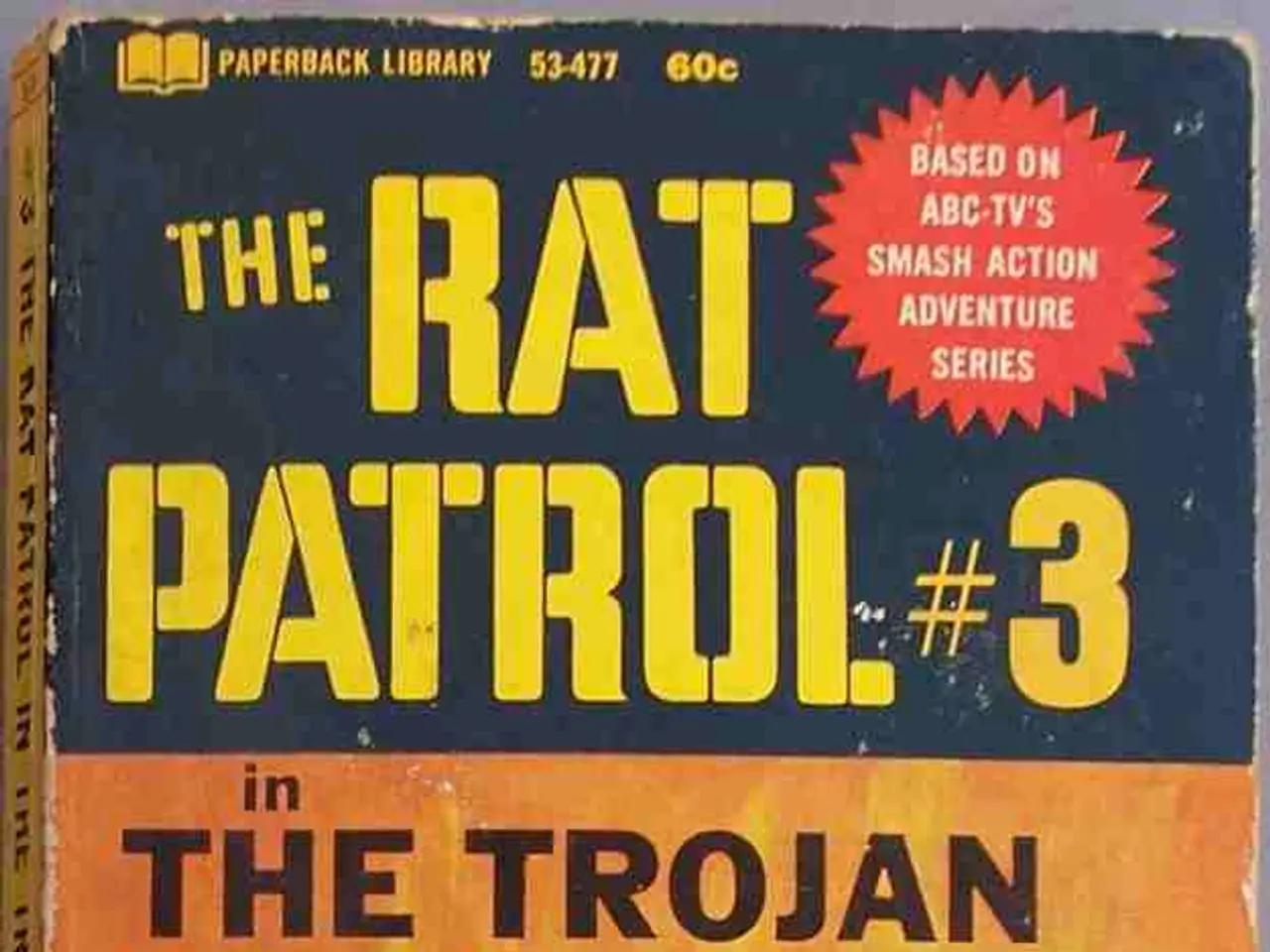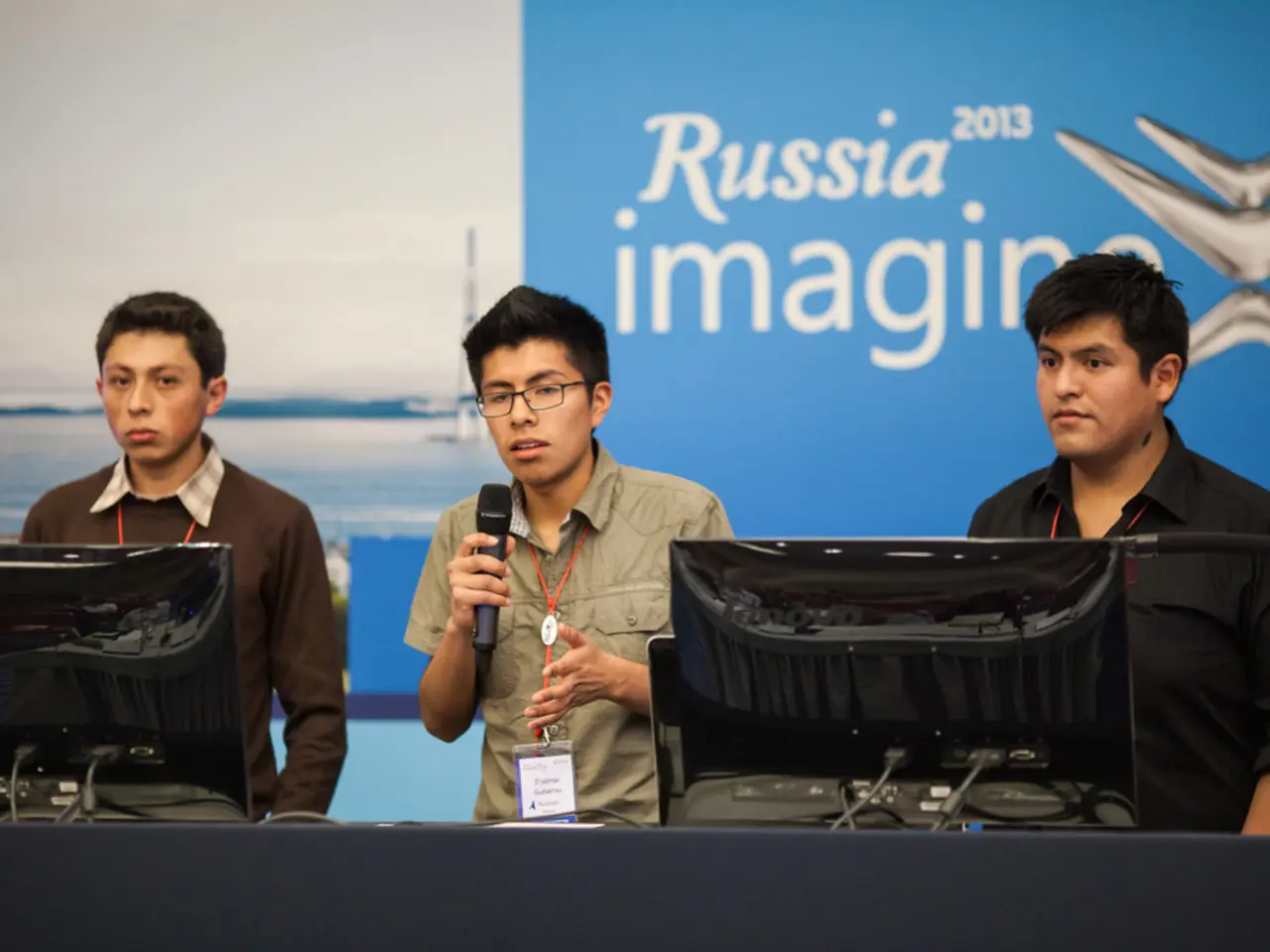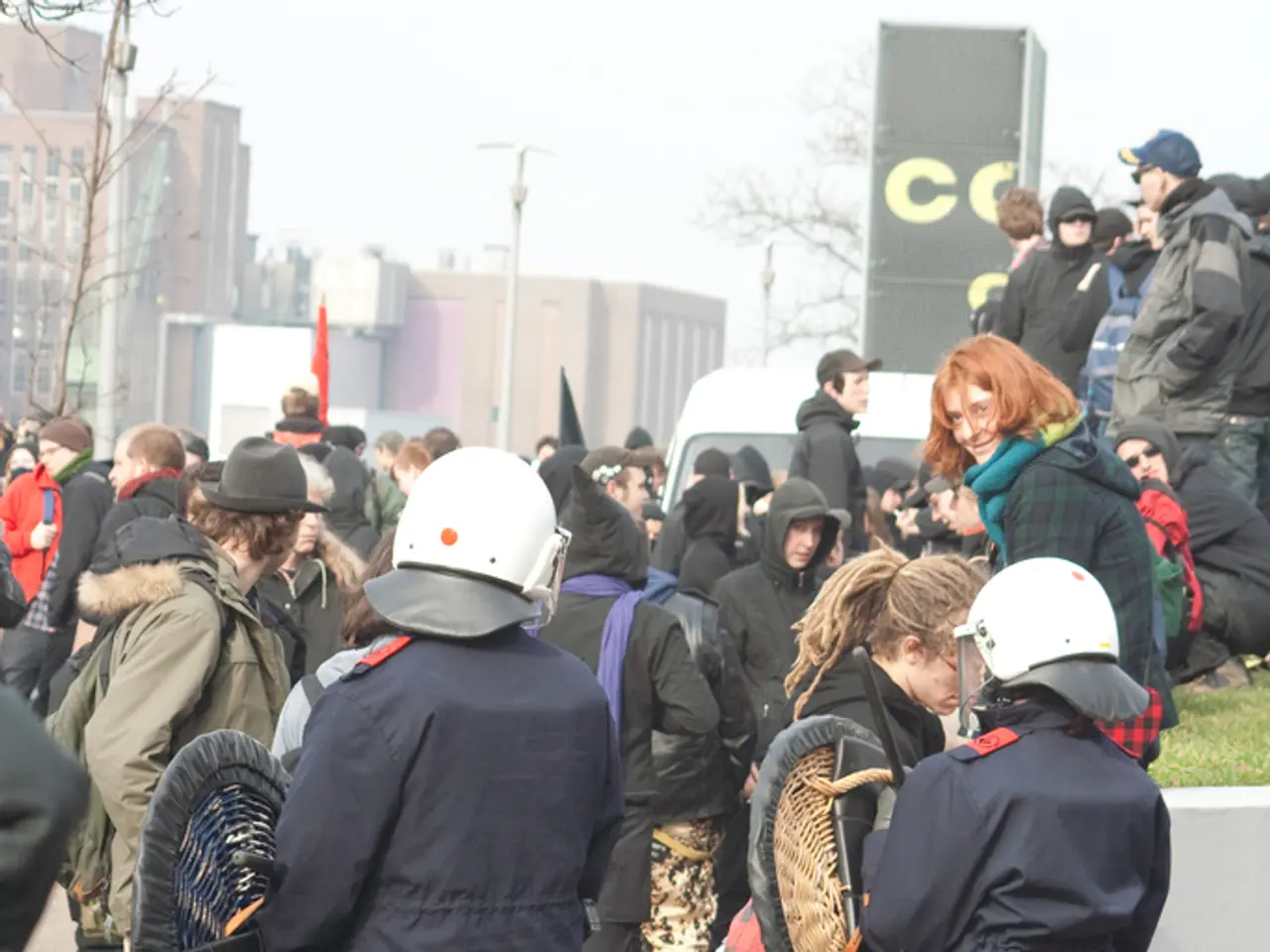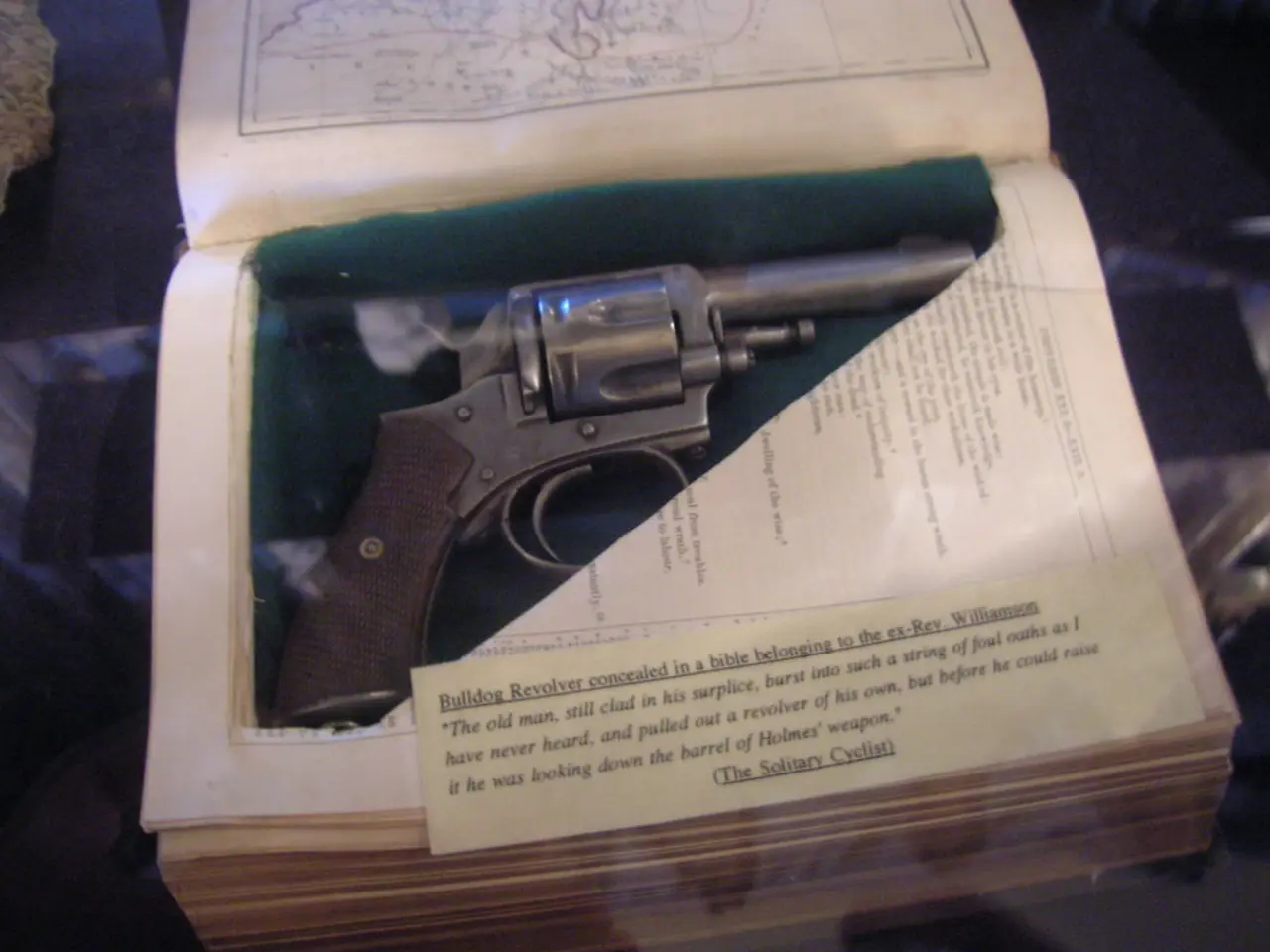Nuclear submarines of Trump's administration are redeployed due to statements from a previous Russian president.
In a significant move, U.S. President Donald Trump has ordered the deployment of two nuclear submarines to "appropriate regions" near Russia. This decision comes in response to provocative statements by former Russian President Dmitry Medvedev, who is now Deputy Chairman of Russia’s Security Council.
The exact locations of the submarines have not been specified, but they are positioned as a deliberate show of force amid escalating tensions. This deployment is a direct U.S. military response to Medvedev’s warnings and inflammatory rhetoric, which included references to Russia’s "Dead Hand" nuclear system and threats about the risks of ultimatums escalating towards war with the U.S.
Medvedev’s comments criticized U.S. sanctions and deadlines for peace in Ukraine, framing them as dangerous ultimatums that increase the risk of conflict with America. The Kremlin and Russian government have not issued a coordinated or official reaction to the U.S. submarine deployment, but have shown mixed signals.
Russian state media highlighted the arrival of the Russian Borei-A class nuclear submarine Knyaz Pozharsky at their Northern Fleet base, suggesting a parallel military readiness and superiority claim against the U.S. move. Russian milbloggers proposed deploying nuclear-capable ships and submarines to historic locations such as Cuba, evoking Cold War imagery and signaling intent to project power globally in response.
Some Russian officials sought to discredit the credibility of the U.S. announcement, indicating internal dissonance in Moscow’s messaging. However, Medvedev’s outspokenness has increased since Russia’s troop deployment in Ukraine, and some western diplomats suggest that his statements reflect thinking in senior Kremlin policy-making circles.
The context of Medvedev’s threats is rooted in the ongoing tensions between the U.S. and Russia. The submarines were sent by the U.S. President in response to threats from former Russian President Dmitry Medvedev. It is important to note that the submarines were sent to regions near Russia due to these threats, and they were positioned "just in case" the statements from Medvedev were more than just rhetoric.
The deployment of these submarines underscores the deepening military and diplomatic tensions tied to the Ukraine conflict and ongoing U.S.-Russia rivalry. It acts both as a deterrent signal aimed at Russia’s leadership against further provocations and as a message that the U.S. is prepared for unintended escalation. Russia’s measured but pointed responses reflect attempts to demonstrate resilience without escalating into open conflict.
Sources: [1] CNN, "Trump orders deployment of nuclear submarines near Russia," August 2, 2025. [2] The New York Times, "U.S. Deploys Nuclear Submarines Near Russia in Response to Medvedev's Threats," August 3, 2025. [3] The Washington Post, "Russia's responses to U.S. submarine deployment near its borders," August 4, 2025.
The deployment of nuclear submarines by the U.S. President Trump is a response to inflammatory rhetoric and provocative statements from former Russian President Dmitry Medvedev, which includes references to Russia's "Dead Hand" nuclear system and threats about the risks of ultimatums escalating towards war with the U.S. (general-news)
This deployment, situated near Russia, is a direct military response to Medvedev’s warnings and is also a deliberate show of force amid escalating tensions between the U.S. and Russia, which can be categorized under war-and-conflicts and politics. (news)






